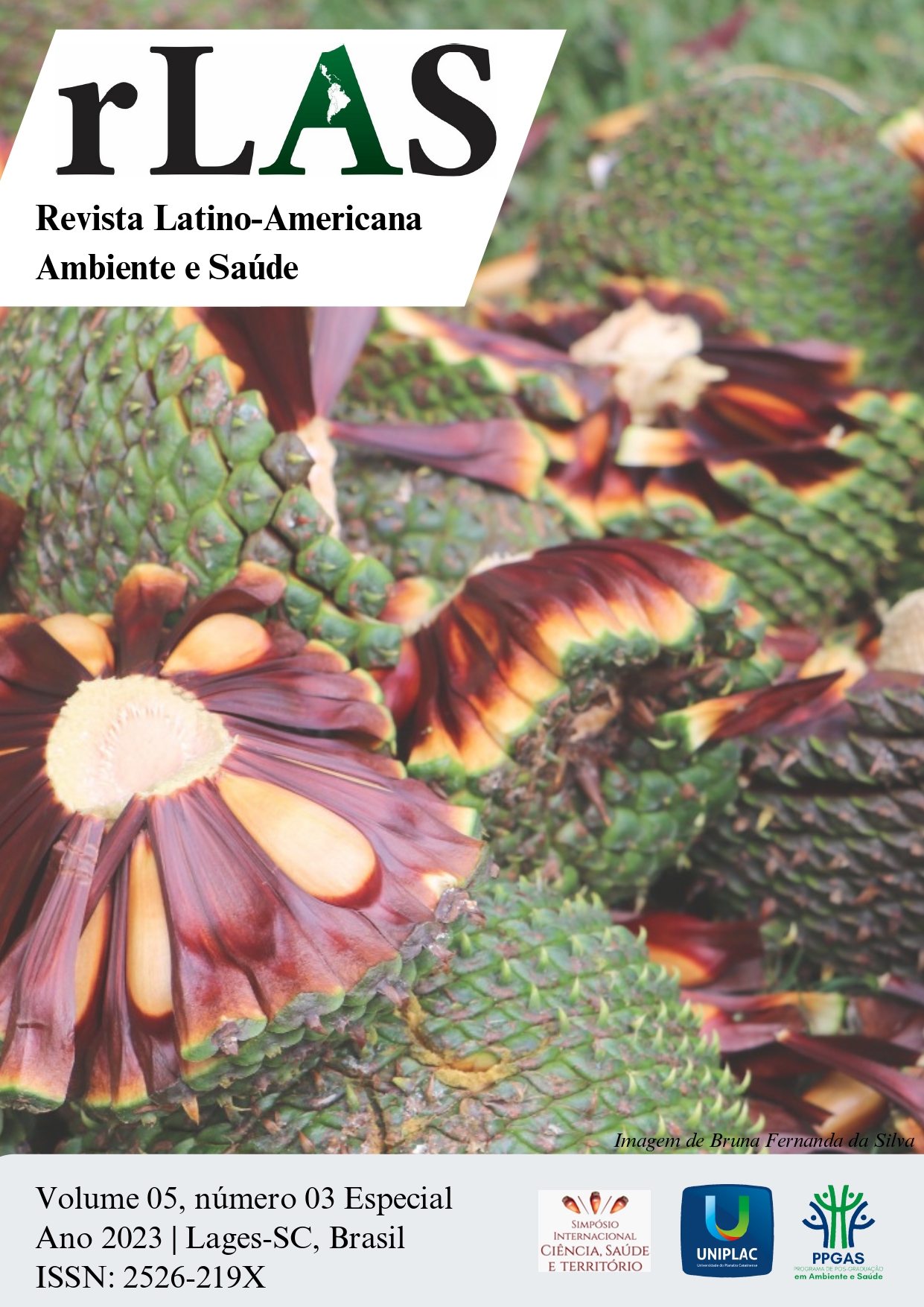Dinâmica de populações arbóreas de uma floresta ombrófila mista montana ao longo de 13 anos
Keywords:
Dinâmica florestal, Fragmento, Floresta de araucáriaAbstract
The objective of this study was to investigate tree population dynamics in a mixed ombrophilous forest fragment in Lages, SC, Brazil over a 13-year period. The 10 most abundant populations were inventoried in permanent, systematically stratified plots in 2008, 2012, 2016, and 2021. Recruitment, mortality, basal area gain and loss rates, and net change in the number of individuals and basal area were calculated for these species over the inventory periods (2008-2012, 2012-2016, and 2016-2021). Results predominantly indicate a decline in both the number of individuals and basal area, particularly during the most recent period (2016-2021). This suggests that populations with negative net change values may be in decline and in need of conservation action. However, more extensive studies over a longer time period are needed to draw reliable conclusions about observed patterns for these populations.
References
ANGIOSPERM PHYLOGENY GROUP. An update of the Angiosperm Phylogeny Group classification for the orders and families of flowering plants: APG IV. Botanical Journal of the Linnean Society, v. 181, p. 1-20, 2016.
HIGUCHI, P. et al. Influência de variáveis ambientais sobre o padrão estrutural e florístico do componente arbóreo em um fragmento de Floresta Ombrófila Mista Montana, em Lages, SC. Ciência Florestal, v. 22, p. 79-90, 2012.
HIGUCHI, P. forest.din: Função em linguagem de programação estatística R para a determinação de taxas demográficas de espécies arbóreas. 2017. DOI: 10.5281/zenodo.439701. Disponível em: <https://github.com/higuchip/forest.din>. Acesso em: 3/4/2023.
IBGE. Manual técnico da vegetação brasileira. Manuais Técnicos em Geociências, n. 1. Rio de Janeiro: Fundação Instituto Brasileiro de Geografia e Estatística. 2012. 271 p.
KORNING, J.; BALSLEV, H. Growth and mortality of trees in Amazonian tropical rain forest in Ecuador. Journal of Vegetation Science, v. 4, p. 77-86, 1994.
MACHADO, E. L. M.; OLIVEIRA-FILHO, A. T. Spatial patterns of tree community dynamics are detectable in a small (4 ha) and disturbed fragment of the Brazilian Atlantic forest. Acta Botanica Brasilica, v. 24, p. 250-261, 2010.
PELLEGRINO, G. Q. et al. Mudanças climáticas globais e a agricultura no Brasil. Multiciência, Ed. 8, p.139-162, 2007.
PRIMACK, R. B. et al. Growth rates and population structure of Moraceae trees in Sarawak, East Malaysia. Ecology, v. 66, p. 577-588, 1985.
R DEVELOPMENT CORE TEAM. R: A language and environment for statistical computing. R Foundation for Statistical Computing. Disponível em: <http://www.R-project.org>. Acesso em: 3/4/2023.
SALAMI, B. et al. Influência de variáveis ambientais na dinâmica do componente arbóreo em um fragmento de Floresta Ombrófila Mista em Lages, SC. Scientia Forestalis, v. 42, p. 197-207, 2014.
SANTOS, G. N. et al. Dinâmica do componente arbóreo e regenerante em uma floresta nebular no Planalto Sul Catarinense. Ciência Florestal, v. 31, p. 1086-1104, n. 3, 2021.
SHEIL, D.; MAY, R. M. Mortality and recruitment rate evaluations in heterogeneous tropical forests. Journal of Ecology, v. 84, p. 91-100, 1996.


